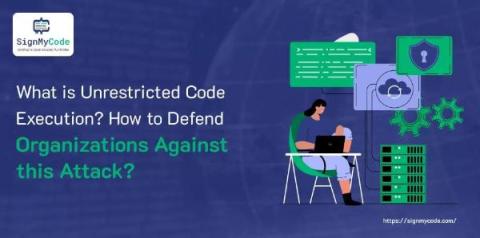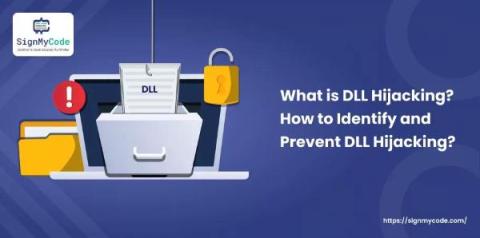Detecting and Preventing Reconnaissance Attacks
In 2024, every business across the world is already aware of the looming potential of a cyber attack. With billions of dollars pouring into the cyber criminal market each year, hackers have more backing to create large-scale attacks, breaching financial records, private data, and customer information. Reconnaissance attacks are the first step in many of these major breaches. By scouting out a business, collecting information about its security posture, and aiming to identify vulnerabilities, these initial attacks give hackers the data they need to launch precise, damaging attacks.











